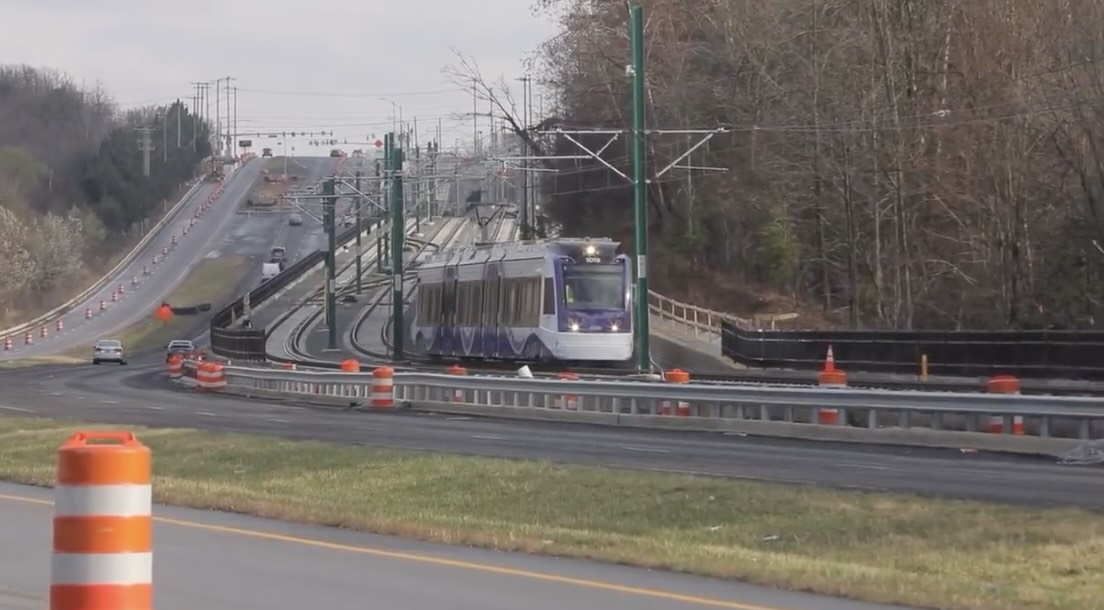
A growing number of municipalities are debating allowing 16-year-olds to vote, but along the Route 1 corridor the issue is already settled.
Of the four jurisdictions in the state of Maryland that allow 16-year-olds to vote in local elections, three are on the Route 1 corridor: Hyattsville, Riverdale Park and Greenbelt.
(The other is nearby Takoma Park, while a little farther out, Kensington is debating it.)
Just as the Vietnam War helped spur a movement to allow 18-year-olds to vote in national elections, the debate over climate change seems to be playing a role in the current discussion, especially since so many well-known activists on the issue are young people.
It’s also an issue of fairness for many advocates. Sixteen-year-olds can drive, be tried as adults if they commit a crime and pay taxes.
The change appears to help spur civic engagement among a group that often has low turnout in local elections — a problem exacerbated by the fact that those 18-year-olds who can vote are often headed to college in another city.
Data from the first two local elections in Takoma Park after it lowered its voting age to 16 in 2013 showed that turnout was quadruple the average among all voters.
Berkeley, Calif., allows 16-year-olds to vote in local school elections, although an effort to allow them to vote in all elections failed in San Francisco. In 2018, Washington, D.C., considered allowing 16-year-olds to vote for president as well, but the effort failed.


















“It’s also an issue of fairness for many advocates. Sixteen-year-olds can drive, be tried as adults if they commit a crime and pay taxes.”
If its an issue of fairness, then shouldnt 16 and 17 year olds also be allowed to own a firearm, give medical consent, join the military, buy tobacco products, leave home etc?
Ya thats not adding up now is it…..16 year olds cannot even see an R rated movie yet somehow they should be allowed to vote. Lol.
It is also not true that 16 and 17 year olds are tried as adults when they commit crimes. Only a few states are left that automatically try them as adults and it is slowly changing around the country anyways. For example last year Vermont became the first and only state so far to raise the age of juvenile jurisdiction to 19 years old, meaning 18 and 19 year olds will soon be in the juvenile system.
Now about taxes. 14 year olds can pay taxes as well, being that 14 year olds can work. Should 14 year olds be allowed to vote too? 14 year olds can also drive in some states as well. Its funny how some people will argue against the “well 16 year olds should be allowed to drink if they can vote” by saying that they have nothing to do with each other. Yet at the same time they also argue that because 16 year olds can do this or that, then they should be able to vote. Flawed reasoning. The American public doesnt even support it either. A recent poll by The Hill found that 75% of Americans reject allowing 16 year olds to vote.